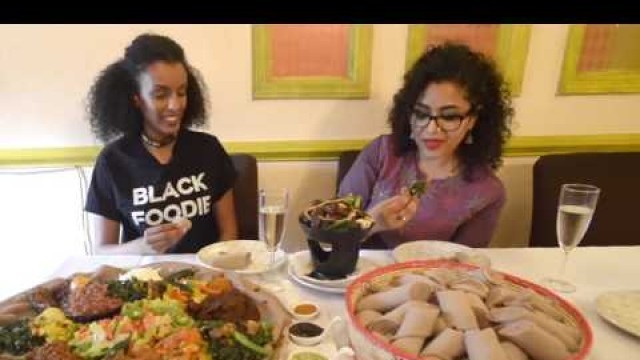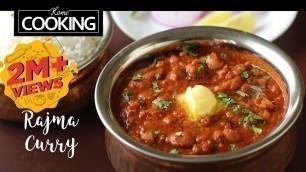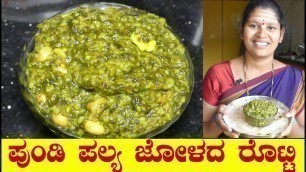

'Host Aparita Bhandari digs in with \"Black Foodie\" blogger Eden Hagos at Ethiopiques Restaurant on Church St. For more on this popular series visit the Toronto Star: http://on.thestar.com/2nKRmGA Or read an excerpt below: How to Eat: Ethiopian cuisine is hands-on Don’t bother with cutlery. Eating from a shared platter is all about friends and family bonds. This is part of a weekly series in which reporter Aparita Bhandari explores how to eat the different cuisines that make up Toronto’s diverse culinary landscape. The best way to describe a traditional Ethiopian meal is a feast. After all, tradition calls for eating the food communally, with family and friends sharing a large platter of the staples that make up this cuisine. And so, the meal is a literal feast, as well as a feast for the eyes and palate. When you’re eating off of the same plate as everyone else and using your hands, things could get tricky. Who goes first? Does everyone wait their turn? Do you use your left hand, right hand — maybe both? Eden Hagos, founder of the Black Foodie blog, guided me through it all at Ethiopiques Restaurant in downtown Toronto. The philosophy The idea behind eating from the same plate illustrates the deep ties that bind family and friends, Hagos says. “It’s to show our love for each other,” she says. After we sit down at our table, owner and chef Enat Gulelat arrives with a large platter covered with food. It’s covered in injera, the traditional Ethiopian bread made with teff flour (the grain is particular to Ethiopia). Injera is a spongy bread with a slight sour taste. A little tricky to handle, injera adds texture and a measure of tang to the meal. On top are heaps of doro wat (chicken stew), misir (spiced lentils), kitfo (steak tartare), ayib (homemade cottage cheese), gomen (greens), key wot (beef stew), shiro (stew made from ground chickpeas and Ethiopian spices) and salad. There’s also an additional dish of cha cha tibs (sautéed lamb short ribs) and condiments including awaze (hot sauce made from berbere spice blend) and mitmita (a spicy pepper blend in powder form). The food is not particularly spicy in itself, but the condiments add a pleasant kick to the meal. There’s so much here, you could feed a crowd and still have leftovers. And there’s something for every sensitive eater — that includes vegetarians, vegans and gluten-free types (teff is said to be gluten-free). For more on this story visit the star.com: http://on.thestar.com/2nKRmGA'
Tags: how to eat , toronto , Ethiopian food , toronto food , black foodie , Toronto Star , Aparita Bhandari , eden hagos , ethiopiques , ethiopian food etiquette , Toronto ethiopian restaurant , multicultural dining
See also:

















comments